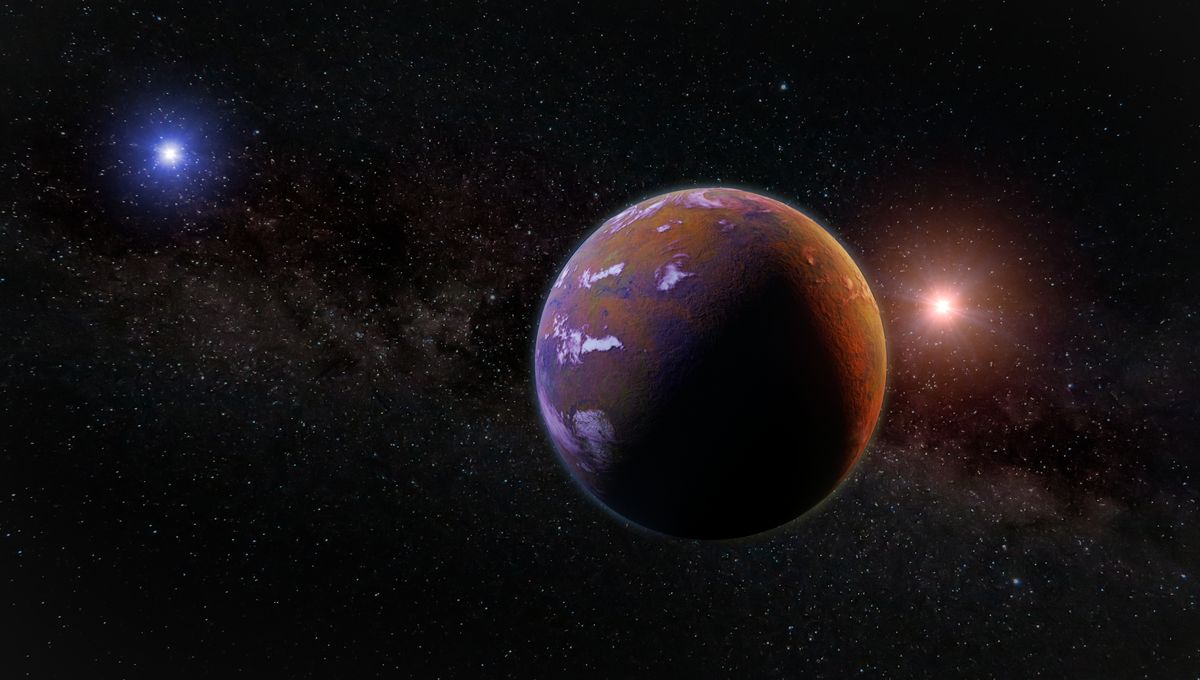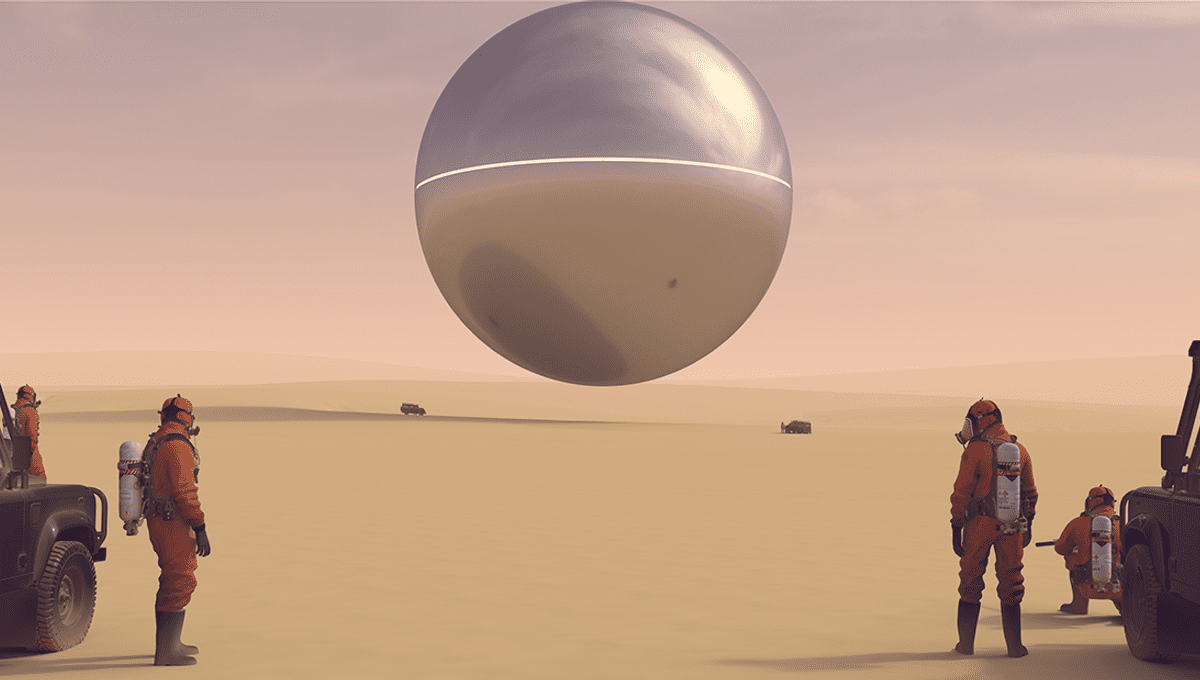Prepare to enter the mysterious realm of dark matter – a substance that defies detection by light but wields a powerful gravitational force. This invisible enigma is believed to exist because of the peculiar way galaxies rotate. To explain this cosmic phenomenon, scientists propose the existence of dark matter, which would outweigh regular matter (including capybaras!) by a staggering five to one.
However, not everyone is convinced. An alternative theory suggests that our understanding of gravity needs a major overhaul. According to Modified Newtonian Dynamics (MOND), the rules of gravity no longer hold true in situations of very low acceleration, such as the outer edges of galaxies.
So, which is it? Invisible mass or a revolution in our understanding of gravity? To shed light on this debate, let’s turn to the history of our solar system. The existence of Neptune was predicted due to its gravitational influence on Uranus’ orbit. For a time, Neptune was an invisible force. Similarly, the peculiar orbit of Mercury was once attributed to the non-existent planet Vulcan until Einstein’s theory of General Relativity replaced Newtonian dynamics.
While both dark matter and MOND remain contenders, dark matter is the favored theory. Alongside its mysterious companion, dark energy, dark matter possesses remarkable predictive power, explaining various features of the universe and observations that MOND cannot.
Take, for example, the Bullet Cluster – a collision between two galaxy clusters. Detailed observations of this event reveal the distribution of mass and the location of interactions, consistent with the existence of invisible matter. Another challenge is the Baryonic acoustic oscillations, which are vibrations in regular matter at the universe’s inception. Dark matter and dark energy provide an explanation for these measurements.
Recent studies have shifted the focus from galaxies to pairs of wide binary stars, providing an excellent test for Newtonian acceleration. These binary systems are too small to be influenced by dark matter, making them ideal for testing Newton and Einstein’s theories. However, things become complicated when anomalous accelerations are discovered, as seen in a recent paper and an upcoming one. On the other hand, a few months ago, another paper supported Newtonian expectations. All these studies utilized data from the European Space Agency’s Gaia observatory.
Choosing a definitive answer is no easy task, given the less-than-ideal conditions of the tests and observations. Uncertainties surrounding the stars’ mass, orbit orientation, eccentricity, and the possibility of an unseen third companion can all contribute to varying results. While this paper has certainly sparked interest, it is not the death knell for our current theory of gravity. Further studies and more precise observations from Gaia are needed to delve deeper into the wide binaries approach.








